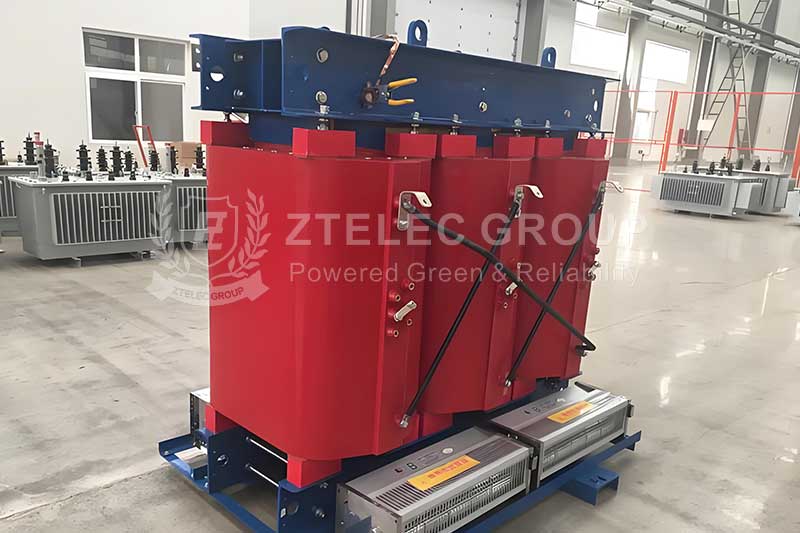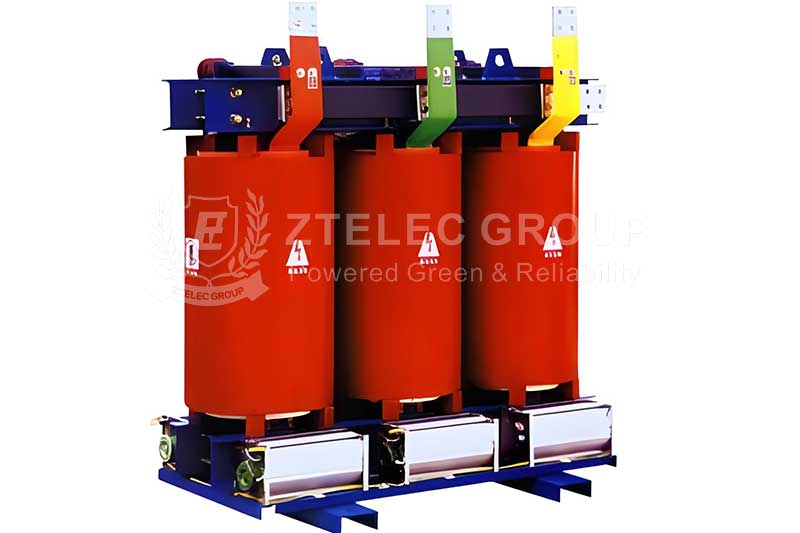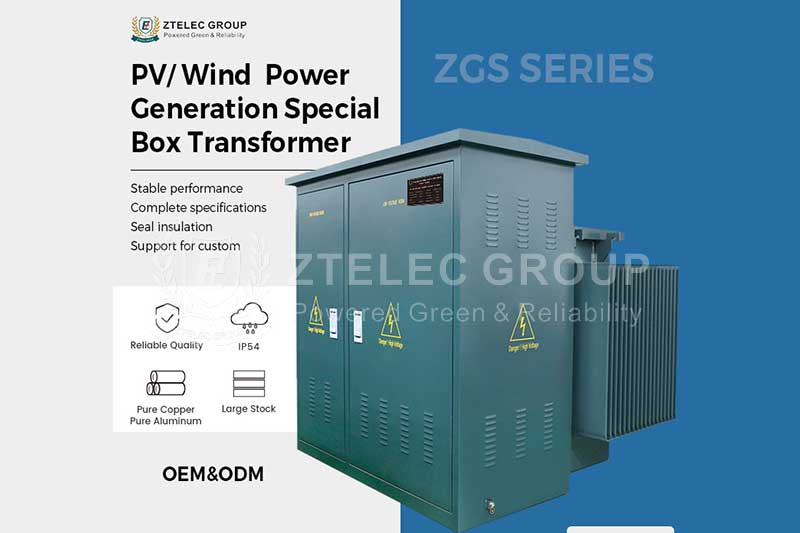How does a transformer reduce voltage?
Time:2024-11-4 Auther:ZTelec-www.ztelectransformer.com
A transformer is an electrical equipment. Its core function is to achieve the increase or decrease of voltage through the principle of electromagnetic induction without changing the alternating current frequency.

dry-type-rectifier-transformer
Basic structure of transformer
Transformer is a device that uses the principle of electromagnetic induction to realize power transmission. It mainly consists of core, winding, insulation material and shell. The iron core is one of the main components of the transformer. In addition to supporting and fixing the windings, the iron core can also gather magnetic field lines between the windings, thereby improving the efficiency of power transmission. The winding is the most basic electrical component in a transformer. It is composed of wires and can be used to transmit electrical energy. Insulating material is used to isolate the electric field between the winding and the casing to avoid electrical breakdown. The outer shell of the transformer mainly plays the role of protection and isolation.
Electromagnetic induction process
The current in the primary winding creates a magnetic field: When an alternating current passes through the primary winding, it creates an alternating magnetic field in the core. This magnetic field changes as the current changes.
The magnetic field is induced into the secondary winding: Since the magnetic field is passed through the entire core, it is also induced into the secondary winding. According to the principle of electromagnetic induction, when the magnetic flux changes, the induced electromotive force will be generated in the secondary winding.
Induced electromotive force generates current: If the secondary winding is closed, the induced electromotive force will generate current in the secondary winding. The magnitude and direction of this current depends on the magnitude and direction of the induced electromotive force.

Voltage reduction
The effect of turns ratio: According to Faraday’s law of electromagnetic induction, the size of the induced electromotive force is proportional to the rate of magnetic flux change, and the change of magnetic flux depends on the number of turns of the coil and the change of current. Therefore, when the number of turns in the primary winding is more than the number of turns in the secondary winding, the induced electromotive force generated in the secondary winding will be less than the voltage in the primary winding, so as to achieve the voltage reduction.
Voltage ratio and turn ratio: In an ideal situation (that is, ignoring the resistance of the winding and the loss of the iron core), the ratio of the primary voltage to the secondary voltage is equal to the ratio of the number of turns of the primary winding to the number of turns of the secondary winding. This means that the voltage can be flexibly increased or decreased by adjusting the turn ratio of the winding.
The specific use of step-down transformer
Step-down transformers are mainly used in the following aspects:
1. In the power system, it is used to reduce the voltage of the high-voltage transmission line to the low voltage suitable for home or business electricity. This is the most common application of step-down transformers, which occupies a very important position in the power system.
2. It is used to reduce the voltage of equipment in industrial production. Many industrial equipment needs stable low-voltage power supply, and step-down transformers can meet this demand to ensure the normal operation of equipment.
3. In home appliances, it is used to supply low-voltage power. Modern household appliances such as TV sets, refrigerators, air conditioners, etc., need to supply stable low-voltage power supplies, and step-down transformers can ensure their normal operation.
The advantage of the step-down transformer is to reduce the voltage without changing the power, so as to achieve the purpose of saving energy. In addition, it is very easy to maintain and use and has a long life, which can maintain stable performance for a long period of time.




